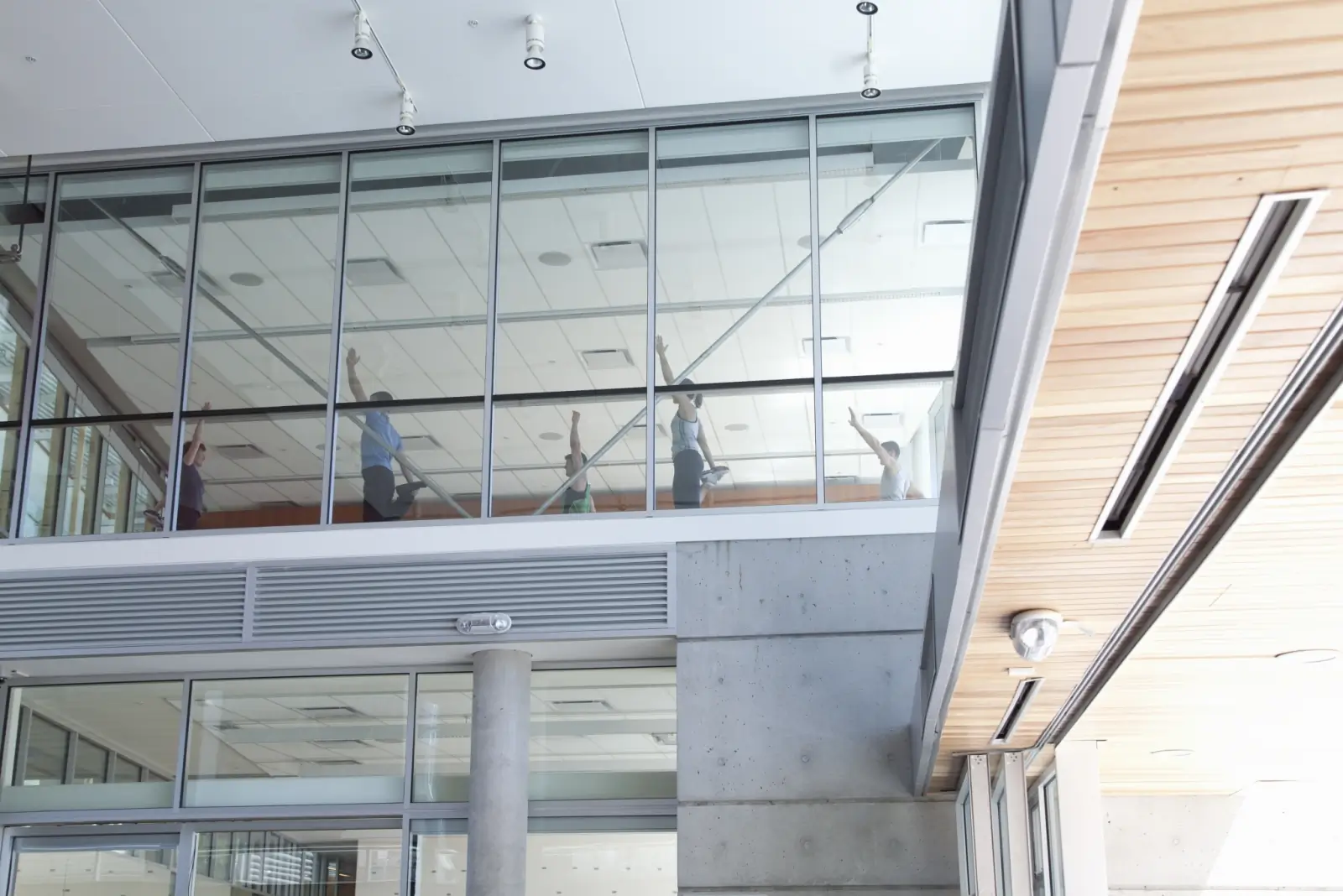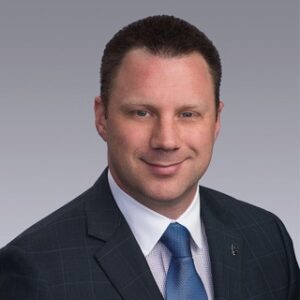Our economy is changing! The COVID-19 related recession is different than any we’ve experienced in recent memory. Since March of 2020, we’ve seen major disruptions to municipal revenue streams as a result of pandemic restrictions. Across Canada, property tax disruptions and loss of user fees have resulted in budget uncertainty, which is freezing the decision-making ability of municipal leaders. Work-from-home arrangements have diminished demand for paid parking, which is another impediment to local governments’ ability to raise revenue. With many arenas, pools and community centres remaining closed or operating at significantly reduced capacity, revenue received through community programs has also taken a hit.
These changes have created a real challenge for local governments. How can local governments – especially those with smaller tax bases – keep pace with needed routine infrastructure upgrades and capital programs, while also planning for new community services within the environment of unpredictable cashflow? Speaking with a CAO recently, we joked about how the current circumstances are causing engineering managers to become accountants as they try to balance budget implications and move costs between the capital (one time) and operational (ongoing) budgets.
Cashflow Constraints
With major income streams depleted, municipal leaders must maintain balanced operational budgets. This creates a lack of elasticity in capital programs and reduces local governments’ ability to be flexible or take advantage of one-time infrastructure funding grants.
To counter the effects of this new financial reality, many municipalities have had to make difficult decisions regarding layoffs and reducing or deferring capital programs. In addition, we have seen a reduced ability to do effective asset management planning. Moving forward, we can’t assume that impacted revenue streams will return to pre-March 2020 levels immediately, so local governments must plan for a gradual and somewhat unpredictable recovery. I firmly believe we are seeing the beginning of a demographic shift as people change where and how they live and work.
Even before the COVID-19 pandemic, we were already in a situation of widely documented infrastructure deficits. Though federal funding programs have long been available to help address these deficits, actually rolling out the program funds has been bumpy at best.
Capital spending and keeping infrastructure in a state of good repair supports economic growth and provides value to the community. Many election campaign promises are built upon this premise. However, as internal municipal resources are strained or working at maximum capacity, the ability of a local government to deliver these capital programs is near the breaking point in many regions across Canada.
So, how does a risk adverse, cost constrained local government go about addressing these concerns and delivering upon these promises? A few items to consider are:
- Maximizing capital efficiency and utilizing capital expense over operational expense
- Accessing as many federal and provincial grant programs as possible
- Finding ways to access flexible, low risk capacity in the market
Shovel Worthy
Federal and provincial funding programs are oversubscribed. In 2020, we saw approximately $10 of demand for every $1 worth of available funding. In simple terms, this means that approximately 90 percent of funding requests were rejected. I could write an entire article on the many reasons why, however, here I will simply say to access funding, local governments need to stand out and align themselves closely with the priorities of others. Local governments are now, more than ever, becoming the proud owners of other people’s priorities.
Although focused solely on preliminary planning, achieving shovel ‘worthiness’ is a vital part of a project’s overall success.
There is a catch, however. You must invest the operational cost first, with no guarantee of funding success. This risk factor alone has caused many local governments to simply not apply for funding for fear of being turned down. With this in mind, taking a strategic look at your capital program can allow you to maximize your odds of successfully securing funding.
One of the main criteria being used for these funding programs is assessing whether your project or priority is shovel worthy. It is no longer about doing a project right; it is now about ensuring you are doing the RIGHT PROJECT.
- A shovel ready project is one that’s ready to go. You’ve obtained the necessary approvals, licenses, permits and are ready to begin construction. An important aspect to remember here, just because your project is ready to be built, doesn’t mean it should be built. A community amenity that was top priority in 2019 may no longer be required.
- A shovel worthy project, on the other hand, will benefit the community, the economy, the environment (think reduction of GHGs) or ideally all three. It is typically part of an existing five or 10-year capital plan and includes asset management tasks such as studies, market research and preparatory project work that helps government grant approvers understand the need, value and benefits of your project. It is also aligned with the priorities of different levels of governments such as municipalities, regional districts and/or First Nations to name a few.
The approval process for these funding applications generally falls to provincial ministries. One often overlooked fact is that ministerial staff doesn’t like rejecting your application any more than you like receiving the rejection. Every provincial representative I’ve talked to has said repeatedly, “Call me in advance. I’ll help”. Remember that these representatives have to review all of the applications they reject, so more poorly written applications equate to more work for them. Be proactive!
Flexibility without Liability
Grant funding aside, every local government has a large capital program supported by millions of tax dollars every year. These programs include routine projects required to keep local community infrastructure in a state of good repair. With constrained operational budgets, flexibility within this program is at a premium. Based on our experience, we are seeing the average Canadian municipality is habitually delivering less than 70 percent of its routine capital allocated in any given budget year.
On top of this routine capital, many outside organizations are simultaneously planning (but not necessarily communicating) capital programs within municipal jurisdictions. These include port authorities, CP & CN Rail-related infrastructure, as well as large utility providers like gas, telecom and power. These third-party projects require municipal resources to be assigned to the programs, but their timing is often outside of municipal control. The downstream impact of this has exacerbated the issue of routine municipal infrastructure being deferred to future years.
To explain this phenomenon in simple terms, major projects, whether your own or those of third parties, often suck up internal and market-based capacity. This often leads to important, but not top priority, programs such as sidewalk repair or routine maintenance on building or linear infrastructure falling victim to deferral as the staff working on these projects get re-prioritized elsewhere.
To address this, many local governments are turning to Standing Offer Agreements (SOAs), also referred to As and When Required or Vendor of Record contracts. These publicly procured contract vehicles provide local governments with the flexibility of being able to add capacity by calling up a partner on short notice without carrying any legacy costs, thus making it a very effective, low risk use of capital. These arrangements can be used not only to deliver existing infrastructure that is part of the current year’s capital plan. They can also be utilized for the planning and application required on grant opportunities that become available during the year. Essentially you have the right help when you need it, and no cost impact when you don’t require assistance.
Having these collaborative partners in reserve not only puts you ahead when it comes to expert resources, but also gives you access to potentially lower construction bids through tactics like bundling and ensures you aren’t deferring projects due to a lack of availability.
For example, one BC municipality engaged our team to help remove bottlenecks in their capital program following a year where it delivered just 44 percent of its allotted budget for routine capital. Integrating within their engineering team under an SOA, we helped alleviate procurement bottlenecks, took ownership of certain routine programs and provided capacity where and when the city required it. Much of our work involved taking projects that were still in the concept phase and getting them approved, designed and ready for construction. We would then turn the projects back over to the city’s internal resources for delivery through construction. This approach allowed the city to stay focused on shovel-ready projects, having a dramatic impact on overall KPI achievement (increasing the percent of capital spent from 44 percent in 2017 to 96 percent in 2020).
Closing Thoughts
The Canadian economy will be forever changed by COVID-19. Work from anywhere is going to become more prevalent. Work life balance has been replaced by work life integration. As a consequence, many communities will be able to attract skilled workers like never before. Those who previously needed to live in or near the downtown of our major cities can now live by the lake or a local ski hill. Community amenities will be a strong driver in the decision-making process for many Canadians as they choose where to live with their families. Ensuring that communities are appealing to these skilled workers will be essential and will require local government leaders to take the necessary steps to improve their ability to secure funding and get maximum value from their capital budgets.
Is your community set up to capitalize on this opportunity? Tax dollars and capital projects aren’t about four walls, a building system, or a pipe in the ground. They are about family memories, fresh air and clean drinking water. This, in my opinion, is how we will measure success in the future.





